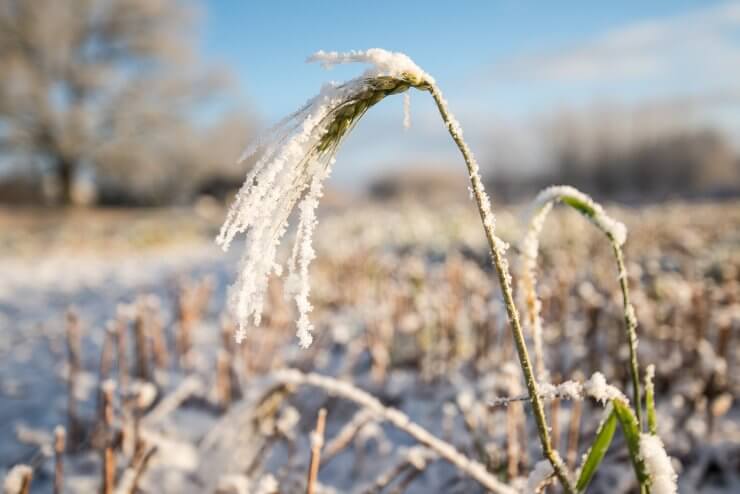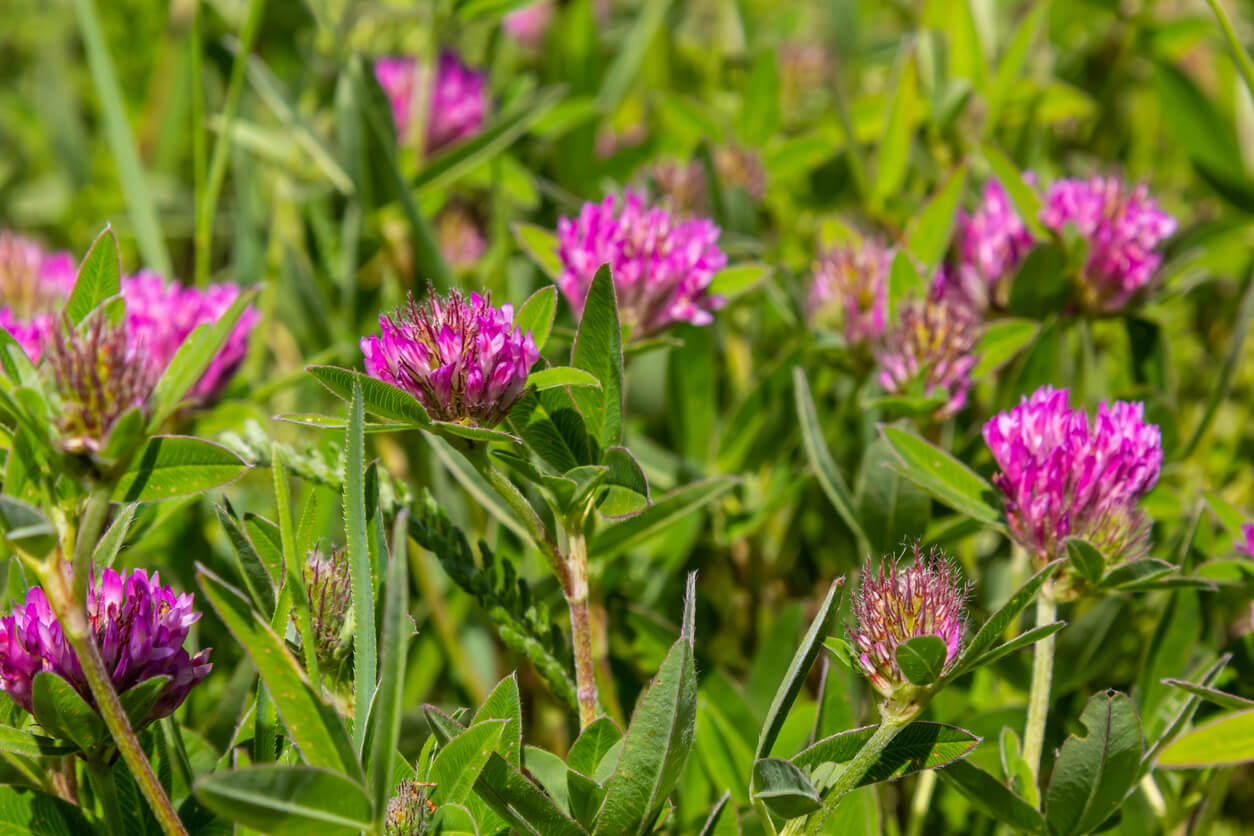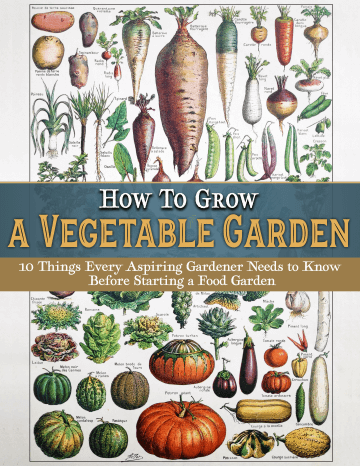
I’m writing this in early fall in the northeastern part of the United States, where fall weather is well underway. The last of my summer tomatoes are ready for harvest, and the Delicata squash is in. And though there are still quite a few cooler weather vegetables in the garden, the season is definitely winding down, meaning it’s time to think about planting some winter and fall cover crops.
I don’t have the world’s largest garden by any stretch. But I do put a fair amount of work into it, making sure the soil is rich and healthy. I’d like not to have to start from scratch every spring, so planting some fall cover crops helps keep all that healthy soil in place, and cover crops also add nutrients to the soil. Some of them are even tasty food crops in their own right.
Discover 10 top tips for growing, harvesting, and enjoying fruits, vegetables, herbs and more from your home garden—when you access the FREEBIE How to Grow a Vegetable Garden, right now!

10 winter and fall cover crops your garden will love
Cover crops have several benefits. They help prevent soil erosion, promote soil diversity, some add nitrogen to the soil, and almost all add additional nutrients to the soil when they decompose.
1. Annual ryegrass. Annual ryegrass is not to be confused with winter rye. In fact, ryegrass is an entirely different plant. Ryegrass is known for its robust root systems and scavenging nitrogen.
2. Austrian winter peas. Austrian winter peas are an interesting addition to the list of winter and fall cover crops. This plant will grow in waterlogged soil, and the seeds can germinate in soil temperatures down to about 41 degrees Fahrenheit. As a legume, it’s a great source of nitrogen. However, you should be aware that Austrian winter peas can harbor cutworms and aphids.
3. Barley. Barley tolerates drought, suppresses weeds, and can scavenge excess nutrients in the soil. Barley grows quickly, and, of course, you can harvest it and use it in your kitchen.
4. Clover. Clover is an excellent cover crop and a great source of nitrogen for your garden. In addition, bees love clover, so you can help the bees with a food source while also attracting pollinators once spring rolls around.
5. Hairy vetch. Though it may sound more like a troll from a fantasy novel, hairy vetch is a legume that “produces significant biomass and weed suppression through its viny growth habit,” according to the Oregon State University Extension Service. And as a legume, it also offers the benefit of fixing nitrogen in the soil.
6. Oats. Multiple extension programs recommend oats as one of the best fall cover crops because it germinates and grows quickly. The first hard freeze will kill the oats, but by then, you should have a good spread of roots in the soil. The above-ground portion will slowly decompose and improve your soil, so you’re ready for spring planting.
7. Radishes. Radishes may not be the first thing you think of in a list of fall cover crops. However, if you have compacted soil or practice no-till gardening, the radish is worth considering. Forage radishes, sometimes called a Tillage radish, have large taproots that help break up the soil.
8. Triticale. This cereal grain is a cross between durum wheat and rye. You can plant it earlier in the season than either rye or winter wheat, and it offers good protection from erosion.
9. Winter rye. Of all the fall cover crops, winter rye may be the hardiest. This cereal grain is also known for its root system, making it an excellent choice if you’re hoping to prevent soil erosion.
10. Winter wheat. Winter wheat can scavenge nutrients from the soil, help prevent erosion, suppress weeds, and is generally winter-hardy.
There are other winter and fall cover crops available, but these are perhaps the most common and, therefore, easy to find. You can also interplant many of these toward the end of your season. That’s late enough that they won’t interfere with your food garden, but they still have time to establish themselves before winter weather impacts them.
Do you have a favorite fall cover crop? I’d love to read about it in the comments.
Note: Food Gardening Network contains links to affiliate websites, including Amazon and Rakuten Affiliate Network, and we may receive a commission for any eligible purchases made by you through links on this page. Any reviews are based on honest reviews of the products.
Discover 10 top tips for growing, harvesting, and enjoying fruits, vegetables, herbs and more from your home garden—when you access the FREEBIE How to Grow a Vegetable Garden, right now!





How does one plant a cover crop? I am interested in planting clover in my orchard